Numerical Optimization: Lecture Notes
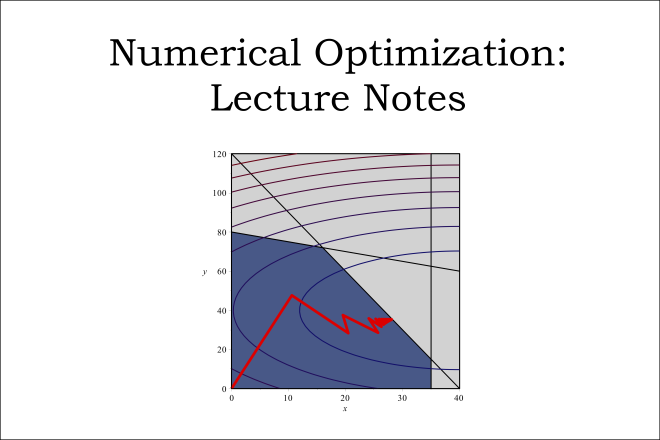
Credit: Image adapted from a figure by Christopher Griffin and is licensed under CC BY-NC-SA 3.0 US
Resource Description
This is a set of lecture notes for MATH 555, Penn State's graduate Numerical Optimization course. Numerical Optimization is the study of maximizing or minimizing functions through numerical techniques. Generally, it's rare to optimize anything other than through numerical techniques (unless of course you're talking about something really simple). Numerical optimization is used every day and is built on techniques from multi-variable calculus, optimization theory (obviously) numerical linear algebra (for algorithm efficiency) and other branches of mathematics.
Ochre

Credit: Ochre pigments and paint additives and resins at Cornelison and Sons, London by Heather C. McCune Bruhn, 2014., licensed under CC BY-NC-SA 4.0
Resource Description
Ochre, which is essentially rust (iron oxide), is humankind's first pigment, and one of the most plentiful sources of color on earth. Ranging from red to orange, yellow, brown and even violet depending on trace minerals and moisture levels, it is extremely stable and fairly non-reactive. It can be prepared very easily (colored rocks and soil can be crushed, washed, and mixed with a binder to make paint), and was first used by humankind around 100,000 years ago. It is still in use today. This module introduces ochre pigment and explores its use in three case studies: Blombos Cave in South Africa, in Italian Renaissance frescoes, and in environmental cleanup.
Oil: International Evolution
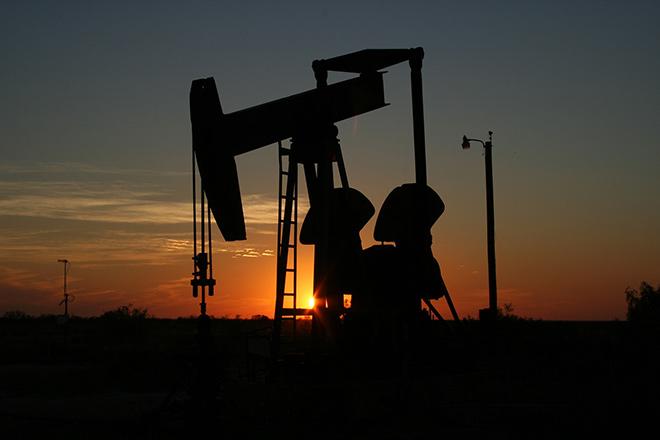
Credit: Oil Pump Machine Under Orange Sunset from Pexels is licensed under CC0
Resource Description
Have you purchased gasoline and wondered at the price changes? Or worn your polyester jacket and wondered how it kept you warm, or been thankful your phone didn't break when you dropped it? These are just some benefits the petroleum industry brings to our world. Other aspects to the global world market involve natural disasters, wars, rumors of wars, national security, and consumer demand. Learn about oil production and how nations respond as EGEE 120 gives you a foundation of how industry interacts with you, governments, transportation, politics, and the world. You will become a more informed citizen, able to support your opinion about oil and the environment. As John McCain said, "Whoever controls oil controls much more than oil."Open Web Mapping

Credit: The Activities of Africa by Mariusz Prusaczyk is licensed under CC0
Resource Description
Everyone can make a web map now, but what are the best tools to do so? Maybe you have already created web maps with ArcGIS or Google Maps but never taken time to have a closer look at open source software alternatives such as QGIS, GeoServer and Leaflet? Or, are you new to web mapping and looking for the best way to create a web application for spatial data from your job or hobby? If so, GEOG 585, Open Web Mapping, is the right course for you. Learn about FOSS vs. proprietary GIS software, open data and standards for web mapping, and how to create beautiful and interactive web maps with Javascript and Leaflet.Orientation to Energy and Sustainability Policy
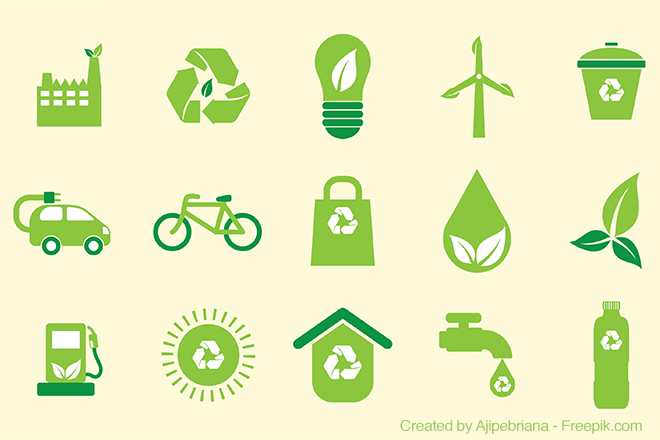
Credit: Green Environmental Icons Collection from ajipebriana is free for use (modified)
Resource Description
EMSC 302 provides an orientation of the Energy and Sustainability Policy (ESP) degree program, preparing students for further study in the five program learning outcome areas: energy industry knowledge, global perspective, analytical skills, communication skills, and sustainability ethics. It also provides an introduction to the basic skills necessary to be successful in higher-ed online learning, including communication and library skills.Partial Differential Equations: Lecture Notes
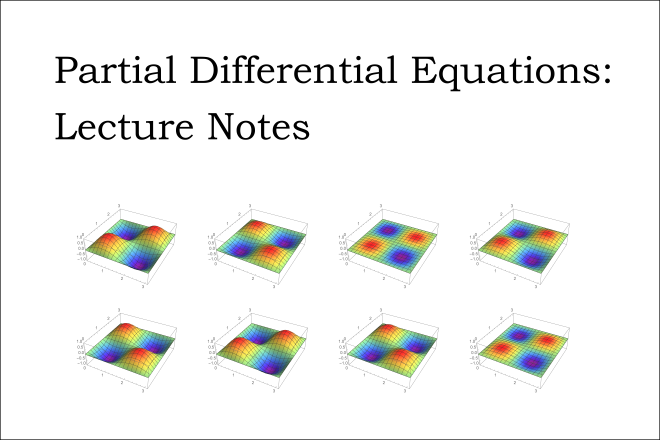
Credit: Image adapted from a figure by Christopher Griffin and is licensed under CC BY-NC-SA 3.0 US
Resource Description
This is a set of lecture notes for MATH 412, Penn State's undergraduate Partial Differential Equations course. Partial differential equations underpin every physical theory we have of the universe. They represent one of the greatest achievements of human intellect. If we think of Calculus as the mathematics of change, then partial differential equations is a course about finding unknown functions describing the universe when many things are changing simultaneously (position, clock time etc.). The Heat Equation describes how heat flows through bodies, explains the diffusion of smells in the air and forms the basis for a form of the Schrödinger Equation of Quantum Mechanics. The Wave Equation describes the motion of membranes and strings, as well as describing radiating electromagnetic waves, which make it possible to use your cell phone.
Petroleum Processing
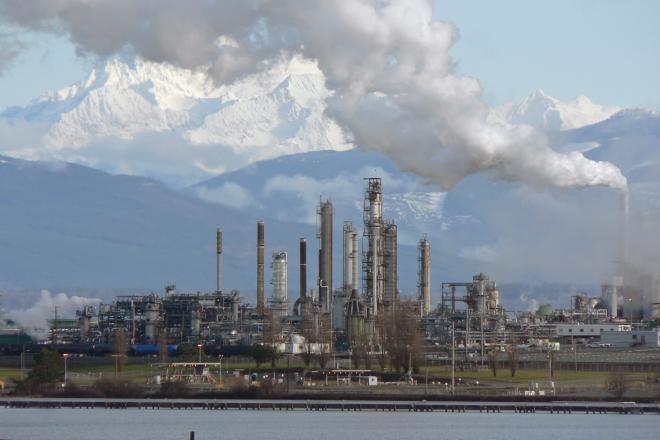
Credit: Anacortes Refinery by Walter Siegmund is licensed under CC BY 2.5
Resource Description
This course on petroleum refining reviews how a refinery integrates different physical processes and chemical reactions to process crude oil for the production of transportation fuels and materials according to commercial specifications and environmental regulations. Classification of crude oils using standard analytical protocols helps the refiners select the optimum conditions for the most efficient and most profitable production of fuels and materials. Understanding the basic concepts and technical objectives for each process unit provides the knowledge base necessary to convert crude oil into desired products at minimum cost and low environmental impact. A discussion of how the refinery evolved from the days of one-pot distillation into the current complex configurations will inform an outlook from present to future.Phase Relations in Reservoir Engineering
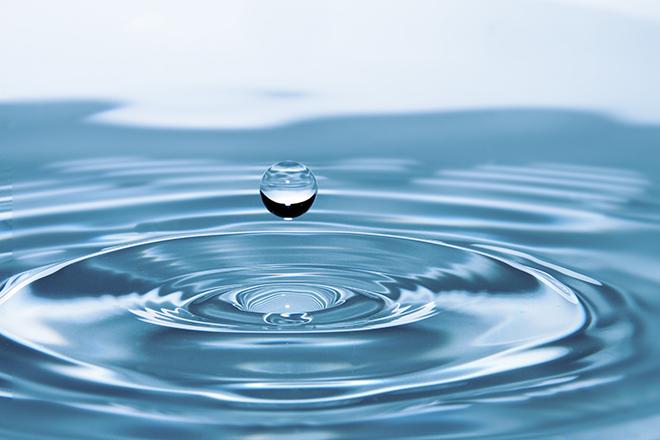
Credit: Drops of Water by ronymichaud is licensed under CC0
Resource Description
In this course, you will learn about phase relations as applied to oil and/or gas reservoir processes, enhanced oil recovery, gas pipeline transportation, natural gas processing and liquefaction, and other problems in petroleum production. The primary objective of the course is to apply the thermodynamics of phase equilibrium to the framework for phase behavior modeling of petroleum fluids. The focus of the course will be on equilibrium thermodynamics and its relevance to phase behavior predictions and phase equilibrium data description. We will attempt to apply phase behavior principles to petroleum production processes of practical interest, especially natural gas condensate systems. This course is no longer being offered for credit and has not been updated since 2010.Planets, Stars, Galaxies, and the Universe

Credit: NGC 4013 and the Tidal Stream © R. Jay GaBany, Used with permission
Resource Description
Walking up and down the hallways of Davey Lab at Penn State, you can find astronomers searching for and characterizing exoplanets, monitoring supernovae and other exploding stars, and measuring the details of the accelerating expansion of the Universe to determine the nature of dark energy. In ASTRO 801, we learn that with only the ability to measure the light from these distant, unreachable objects, we can still determine how the Solar System, stars, galaxies, and the Universe formed and evolved since the Big Bang. We are all citizens of the Universe, and in fact, you are made of starstuff. Come learn where the atoms in your body came from, and what will happen to them long after we are gone. This course is no longer being offered for credit and has not been updated since 2019.Plate Tectonics and People: Foundations of Solid Earth Science

Credit: Fuji Vulkan Mount Fuji Silhuet Sky 2232246 by Kanenori is licensed under CC0
